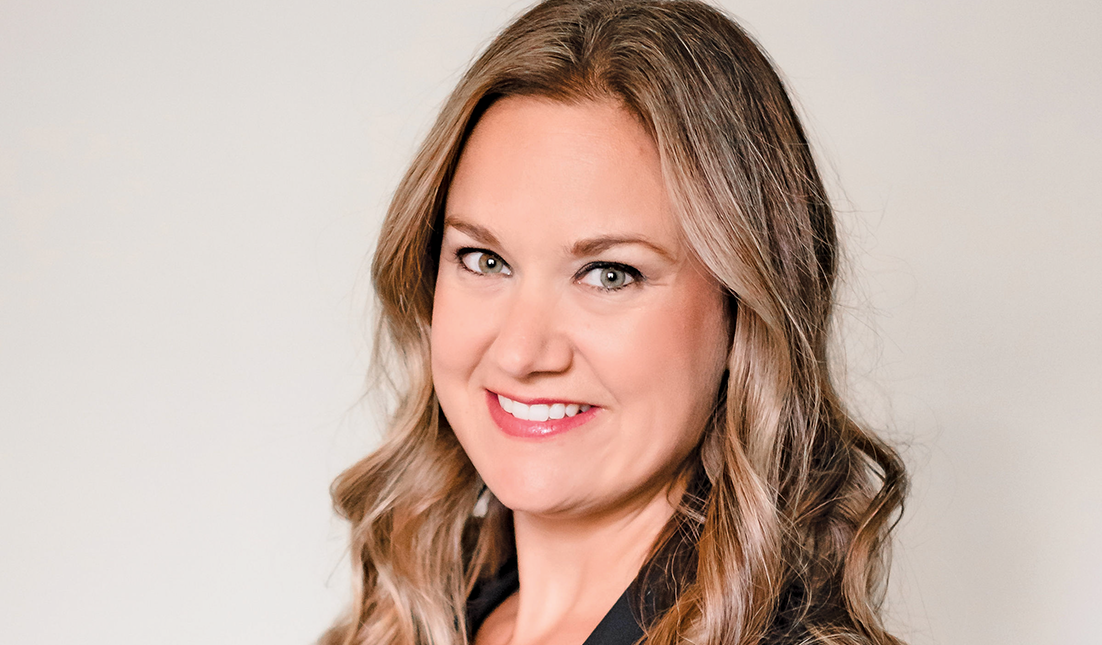Fiberglass manufacturers brace for impact of explosive issue
 By Jeff Elliott, technical writer — As OSHA continues to step up enforcement of the National Fire Protection Association’s NFPA 68 Standard on Explosion Protection by Deflagration Venting, fiberglass manufacturers and equipment suppliers are bracing for the kind of challenges the industry has faced in the past when adapting to major regulation changes.
By Jeff Elliott, technical writer — As OSHA continues to step up enforcement of the National Fire Protection Association’s NFPA 68 Standard on Explosion Protection by Deflagration Venting, fiberglass manufacturers and equipment suppliers are bracing for the kind of challenges the industry has faced in the past when adapting to major regulation changes.
At issue today within the composites industry is the potentially explosive nature of airborne dust created by secondary processes such as grinding, sawing, and finish polishing of formed parts.
Most facilities utilize dust collection systems to manage and collect this dust and keep it from migrating throughout the plant. However, most standard “closed-vessel” dust collection systems, including those used widely throughout the composites industry, are considered by NFPA 68 to be a potential explosion source. In a closed vessel such as a dust collector, an explosion can occur when a suspended cloud of combustible dust is present in high concentration. Under these conditions a small spark or ember can trigger an event.
With OSHA and EPA currently stepping up enforcement of NFPA 68, it is also clear that most of the composite industry’s dust collection systems do not meet the requirement as currently constructed.
According to the ACMA’s annual report of 2008-2009, “ACMA’s analysis demonstrated that grinding dust from many composites manufacturing operations would likely ‘fail’ the OSHA tests, triggering applicability of the NFPA combustible dust standard.”
For many composites manufacturers the more stringent enforcement of these regulations leads to uncertainty and consternation about how exactly these regulations will be interpreted at various local, state and federal levels—what will change, when these changes will be enforced, and even what it will cost in time, energy and money in an already tight economy.
“It’s going to be a confusing, convoluted and constantly evolving process for the composites industry over the next several years as we learn how to interpret these NFPA regulations and incorporate any modifications to new or existing equipment that are required,” says Ronnie Free, president of Frees Inc. (Shreveport, LA), a 20-year specialist in ventilation systems to control styrene emissions and remove and control dust for the fiberglass industry.
An Explosive Issue
Explosions are a risk in many areas of a processing plant, including the plant’s dust collection system. In 2008, a dust cloud explosion triggered a fatal blast and fire in the Imperial Sugar Company’s Wentworth, Georgia, plant, generating a storm of media attention, public outcry, and governmental scrutiny.
With the heightened attention on dust explosions, the National Fire Protection Association (NFPA) revised and released NFPA 68. This update changes the previous “guidelines” to standards. However, since most insurance agencies and local fire codes state that NFPA standards shall be followed as code, in many ways NFPA 68 now is legal code.
Under the guidelines-turned-standards, it is the composites manufacturer that will be responsible for determining whether the dust it produces is explosive, commissioning a hazard analysis of its existing dust collection system. The manufacturer will also be responsible for maintaining extensive documentation, and passing annual equipment inspections.
The ACMA recently addressed the requirements in a live webinar on May 18, 2010 under the topic, Combustible Dust: Inspections, Violations & Mitigation. The seminar included a segment by an OSHA representative and was delivered to heighten awareness of the increased monitoring and application of these codes specifically in relation to composite dust.
During the webinar, ACMA staff took the opportunity to point out to the OSHA representative that there were not aware of any explosions caused by composite dust.
“If you go through their presentation there was never a mention of fiberglass dust specifically,” says Free, one of the approximately 90 attendees of the webinar. “Regardless, the changes are going to cause a significant shift in the way that thousands of dust collection systems in the composites industry are designed and constructed.”
In many cases, new and existing systems will have to be updated or modified with explosion venting equipment and other dust prevention and mitigation solutions to ensure that the equipment complies with the new requirements.
Good Housekeeping
A well-designed dust control system can greatly improve the working conditions within a facility by containing fugitive dust produced by secondary grinding, sawing, and surface finishing operations.
“When dust is effectively controlled and contained, there is a significant improvement in the cleanliness of the plant,” says Free. “Less dust will also improve product quality, reduce mold cycle time, and provide a healthy place to work.”
State-of-the-art dust control systems typically remove composite dust particles at the point of source with a dust collector, along with a ventilation system designed to capture the fugitive emissions that become airborne.
Owen Maxwell, vice president of product development of offshore fishing boat manufacturer Regulator Marine, says the company’s dust collection system incorporates a proprietary directed air flow system designed by Frees Inc. The directed air flow system focuses air in a controlled envelope that moves across the grinding zone and then “stops” (to prevent roll back and re-contamination of the work area). The air is then filtered and recirculated to the work area.
“The system is balanced so that we are sweeping air over the parts as we are grinding them and the air curtain contains the dust so it doesn’t contaminate other areas,” says Maxwell. “The air goes through a filter bank at the back of the grinding booth and the air is then recirculated.”
John Zadro, president of Structural Composite Technology, installed two grinding booths to accommodate the company’s fabrication sizes. The company’s larger grinding booth was designed to hold very large fabrications including vessels, stacks, tanks, and other oversized process equipment – products that often require a bridge crane. As a result, the room was essentially a 4-wall chamber with no roof – a unique requirement within the industry.
“The challenge was that this grinding booth needed to be accessible by a bridge crane so there is no roof,” says Zadro. “So, we’re blowing air with the system over a part and capturing the dust so it doesn’t fly out the top or fill the rest of the shop. The system captures 98% of the dust particulate created.”
The second grinding booth was installed to handle the company’s commodity line of bathtubs and shower enclosures. Although smaller, this grinding booth is based on the same directed air flow technology from Frees Inc.
Ronnie Free is quick to point out that the new regulations do not impact the current methodologies or principles behind the company’s proprietary directed air flow and dust-free systems. However, he does admit that there will need to be some modification and/or reconfiguration of the dust collector/venting design to meet the requirements.
“What our equipment can do for fiberglass manufacturers is not going to be impacted,” explains Free. “Still, there will have to be some changes to our system as it relates to our dust collection and venting.”
The Next Step Toward Compliance
Companies like Frees Inc. are recommending a proactive approach to OSHA compliance of NFPA 68.
“Manufacturers need to be proactive, and begin to put a plan into place to retrofit the system and accomplish this over time so that when the OSHA inspectors ask, they can show they are addressing the issue and working to get the changes made,” says Free.
The first step is an engineering evaluation of existing systems to determine how to bring the system into compliance while still meeting the needs of the manufacturer and managing the costs.
According to Free, “There’s no doubt that the increasing enforcement of these codes and standards is going to place a burden on composites manufacturers during an already difficult economic time.”
Frees Inc. is offering its customers a comprehensive engineering evaluation which includes a review of the OSHA dust explosion prevention compliance issues. This includes OSHA interpretation of NFPA Standards 499, 654, 95 and 96 (and 68) as they relate to construction and operation of dust free systems and booths. The company will also provide a local code review for compliance with the requirements.
“We are already working with our customers and the various consultants that are experts in the industry to evaluate and determine what will need to be done to make these systems meet all the new requirements and to do so cost effectively,” says Free.
Jeff Elliott is a Torrance, Calif.-based technical writer. He has researched and written about industrial technologies and issues for the past 15 years.




Hi Jeff, good info. Boat manufacturers may also want to consider portable industrial vacuum cleaners that can be equipped with vacuum-assisted power tools. They can eliminate combustible dust at the source. Here’s a case study where one manufacturer improved air quality by almost 95%! http://www.nilfiskcfm.com/press/case/10-10-07/Clear_the_Air_Boat_Manufacturer_Improves_Air_Quality_by_94_4_with_Nilfisk_CFM_Industrial_Vacuums.aspx